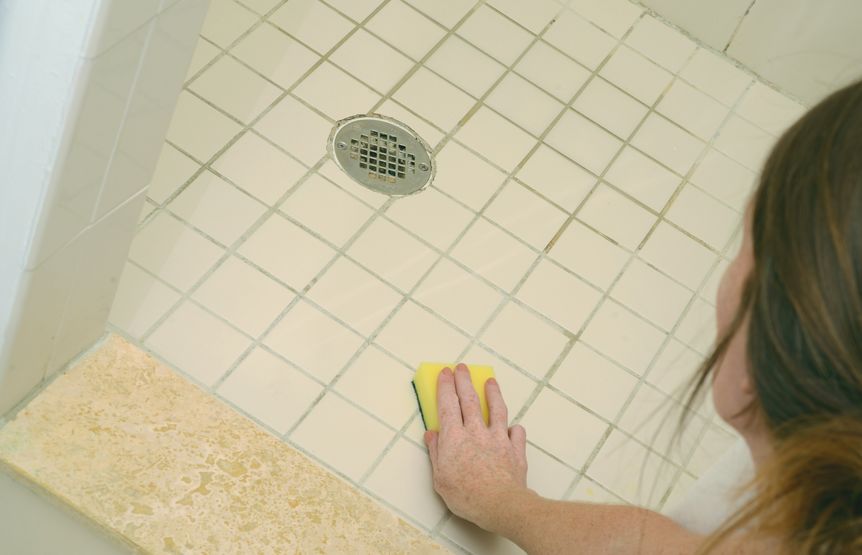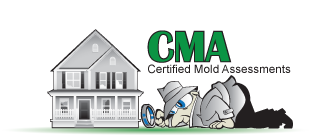 Mold issues are a common problem among many households. Despite the fact that most people are familiar with regular allergy problems, many of them have no idea how mold in their homes is contributing to their allergy symptoms, asthma problems, and poor health. Airborne mold is a very common type of mold, which normally occurs in indoor environments. This type of mold is usually the aspergillus species, which has been linked to numerous health hazards. This article gives a deep insight into airborne mold and offers tips on how you can get rid of it.
Mold issues are a common problem among many households. Despite the fact that most people are familiar with regular allergy problems, many of them have no idea how mold in their homes is contributing to their allergy symptoms, asthma problems, and poor health. Airborne mold is a very common type of mold, which normally occurs in indoor environments. This type of mold is usually the aspergillus species, which has been linked to numerous health hazards. This article gives a deep insight into airborne mold and offers tips on how you can get rid of it.
Airborne mold spores are tiny structures produced by mold for the purpose of reproduction. The spores are quite small and thus invisible to the human eye. In fact, a cubic meter of house with mold can contain millions of these airborne mold spores. If your house has airborne mold, you and your family can end up inhaling thousands of spores in just an hour. This can pose a great health hazard to you and your loved ones, making it important for you to eliminate these spores before anything serious happens.
Where Does Airborne Mold Come From?
In indoor places, mold grows on moist areas like wallpapers, carpets, drywalls, baseboards, ceilings, and on HVAC systems. As this mold grows, there comes a time when it releases spores into the environment. These spores later become airborne or when disturbed.
Is Airborne Mold Dangerous?
A very big population of US citizens is allergic to mold spores. For such individuals, inhaling mold spores can end up being a nightmare. It can cause sneezing, itchy eyes, and even serious conditions like sinuses and lung inflammation. Apart from being allergenic, airborne mold contains toxic elements referred to as mycotoxins. Breathing in mycotoxins in large concentrations can be deadly to the victim.
How to Control Airborne Mold
Getting rid of airborne mold spores completely is not an easy task to do. However, you can minimize their numbers by employing a variety of control methods. The growth of mold mostly happens due to the presence of moisture. Therefore, if your home has leaks in roofs or plumbing systems, or has experienced flooding or condensation due to poor ventilation, the resulting moisture problem can cause unwanted mold growth. The best way to control mold growth is to maintain low humidity, which helps slow down mold growth. If you have any water leakages, they should be fixed as fast as possible. You should also frequently monitor mold growth in your bathrooms, kitchens, carpets, baseboards, and window frames.
Cleaning Up and Getting Rid of Mold
The mold clean up procedure depends on the type of surface contamination and the extent of the procedure. Very large areas with mold might require the help of a professional contractor to eliminate the mold.
If you are going to do mold remediation and removal by yourself, then you need to start by scrubbing hard surfaces like walls, which have mold, using water and detergent. Afterward, remember to dry off the walls completely. You could also discard absorbent materials like carpets, cloth, and ceiling tiles, which you think might have mold.
For your safety, discuss any potential health issues with your healthcare provider prior to attempting to do the removal by yourself. This is critical, as you could have an allergy that is sensitive to mold. You should wear gloves, a respirator, and eyewear to prevent exposing yourself to mold. After removing the mold, it is essential to prevent more growth by keeping the areas as dry as possible.
Is Mold Testing Important?
According to the Environmental Protection Agency (EPA), mold testing is very essential, as it can help prevent any issues that come with exposure to this harmful substance. Despite this, there are no set standards by the government or EPA in regards to the right mold levels. Therefore, it is very hard to prove that a building complies with any health regulations of mold exposure. In addition, health experts are yet to define acceptable tolerable limits of mold exposure to humans. Since mold susceptibility varies in individuals, testing for this compound cannot entirely predict the potential health risks from any amount of exposure to mold.
Molds are a type of fungi and grow in filaments. They reproduce by forming spores, which become airborne when disturbed. When this airborne mold is released to the environment, you and your family members can inhale it, something that can cause numerous health effects. To avoid this, you need to take the right measures to eliminate the mold from your indoor spaces. Since this process is extremely difficult, you need to hire professionals to assist you.
